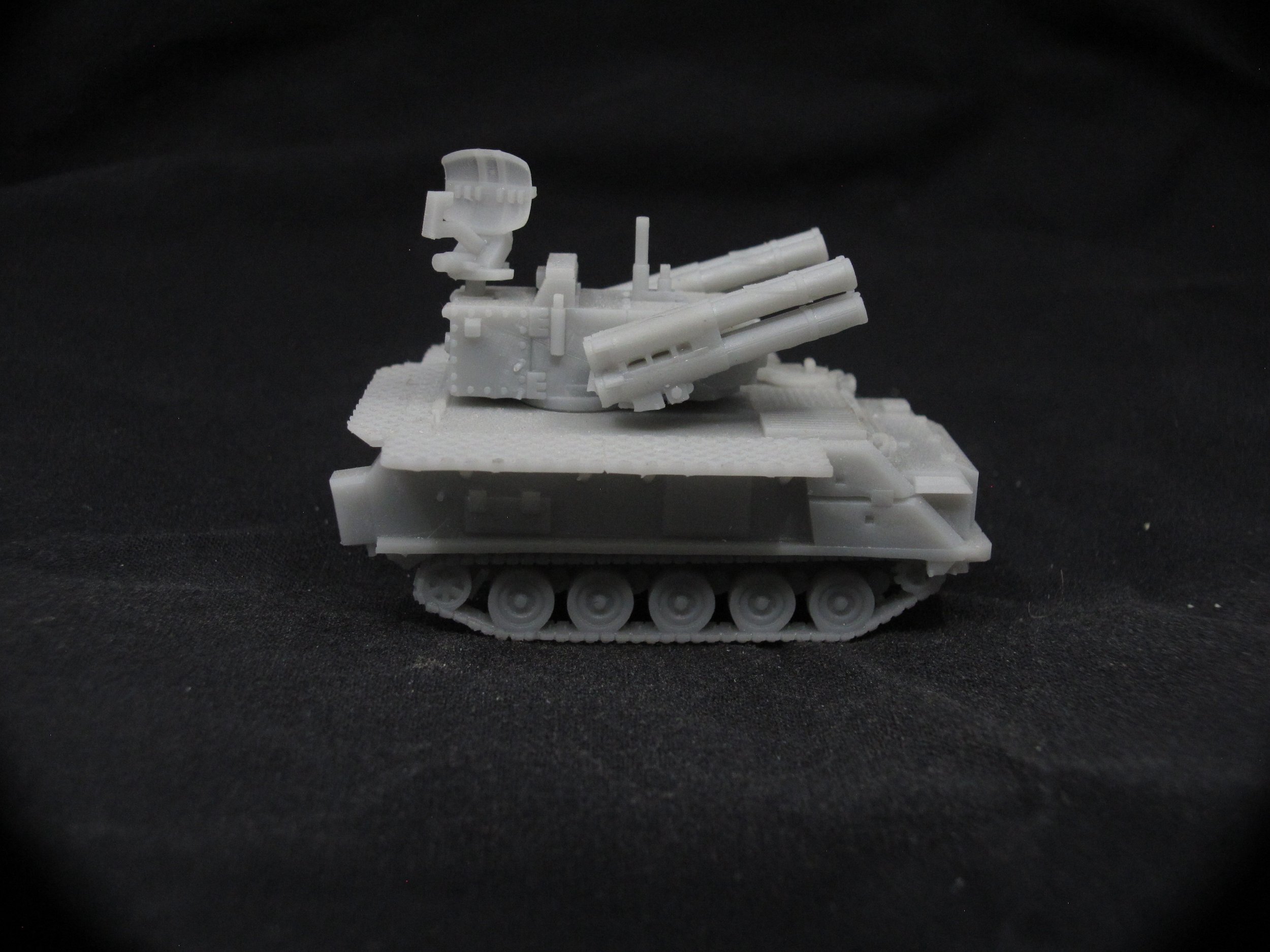In the works III
Back to Sweden today, then to America and Canada.
Beginning in 1961 the Swedes started refitting their now hopelessly obsolete M/41 tanks as infantry fighting vehicles. This was the Pansarbandvagn 301: armed with a cupola mounted belt fed 20mm autocannon and eight angry vikings. It soldiered on until the early 70s, when the purpose built Pbv 302 entered service. Not bad for a vehicle that started life as a late 30s Czech design.
Two views of the Pbv 301
The US Army’s range of cargo trucks had given outstanding, if unglamorous, service on all fronts, but with the war thankfully over it was time for a more economical and homogenous truck fleet. The war had also advanced automotive technology much as it had everything else, so it was clearly time for something better as well. That something was the M35 deuce and a half, so called for it’s 2.5 ton cross country cargo capacity. Entering American service in 1950, the old deuce continued in US service well into the early 21st century in a bewildering range of upgrades and variants. Deuces did everything from hauling fuel to firefighting to carrying surface to surface missiles and anything else you can think of. They’re still in use all over the world in military and civilian service.
The basic open bed cargo truck will go on sale July 23rd, with Viet Nam convoy gun trucks, shelter carriers and fuelers to follow in the coming months. The Sarge has decidedly mixed memories of deuce and a halves, as one of his first experiences with manual transmissions was a 1960 M35A2.
The sheer number of Warsaw Pact aircraft was a concern throughout the Cold War. As much as the USAF liked to brag about it’s superior technology and pilot training, the fact remained that Soviet designers had repeatedly produced aircraft that were at least as good as ours in far greater numbers, and the pilot superiority had not tested well in Viet Nam or Korea. Accordingly the problem of air defense concerned NATO militaries, especially armies like Germany or the Commonwealth countries who had experienced air superiority from the wrong end. One of the many answers to this problem was an innovative system called ADATS. Oerlikon developed a laser guided, supersonic surface to air missile with a HEAT-FRAG warhead. Yes, high explosive anti-tank fragmentation: ADATS could also engage tanks with a claimed penetration of 900mm of steel. With a first test firing in 1981, ADATS seemed like great system, limited only by the supply of ammunition. Development dragged on, however, and the US had concerns about the laser guidance system’s performance in bad weather. By the time it was ready for service in 1989 the US was no longer interested in the proposed mounting on a Bradley hull with a US specific turret with 8 missiles and M242 Bushmaster 25mm cannon. Only the Canadians wound up buying in, with a planned fleet of nearly 300. Then the Cold War ended. ADATS ended up in very limited Canadian service, to the tune of only 36 systems on M113 hulls.
Our ADATS model features a search radar and missile pods that will need to be glued in, but can be placed in any attitude you want on a fully traversable turret. The M113 hull features the firing platform in the unfolded configuration. The Canadian version goes on sale Sunday 23 July. We may even develop the US Army’s proposed Bradley mount further down the road.
ADATS: the Canadian double threat
That’s all for today. On Sunday it’s back to Germany as well as a look some classic British heavy metal in it’s early design state.




